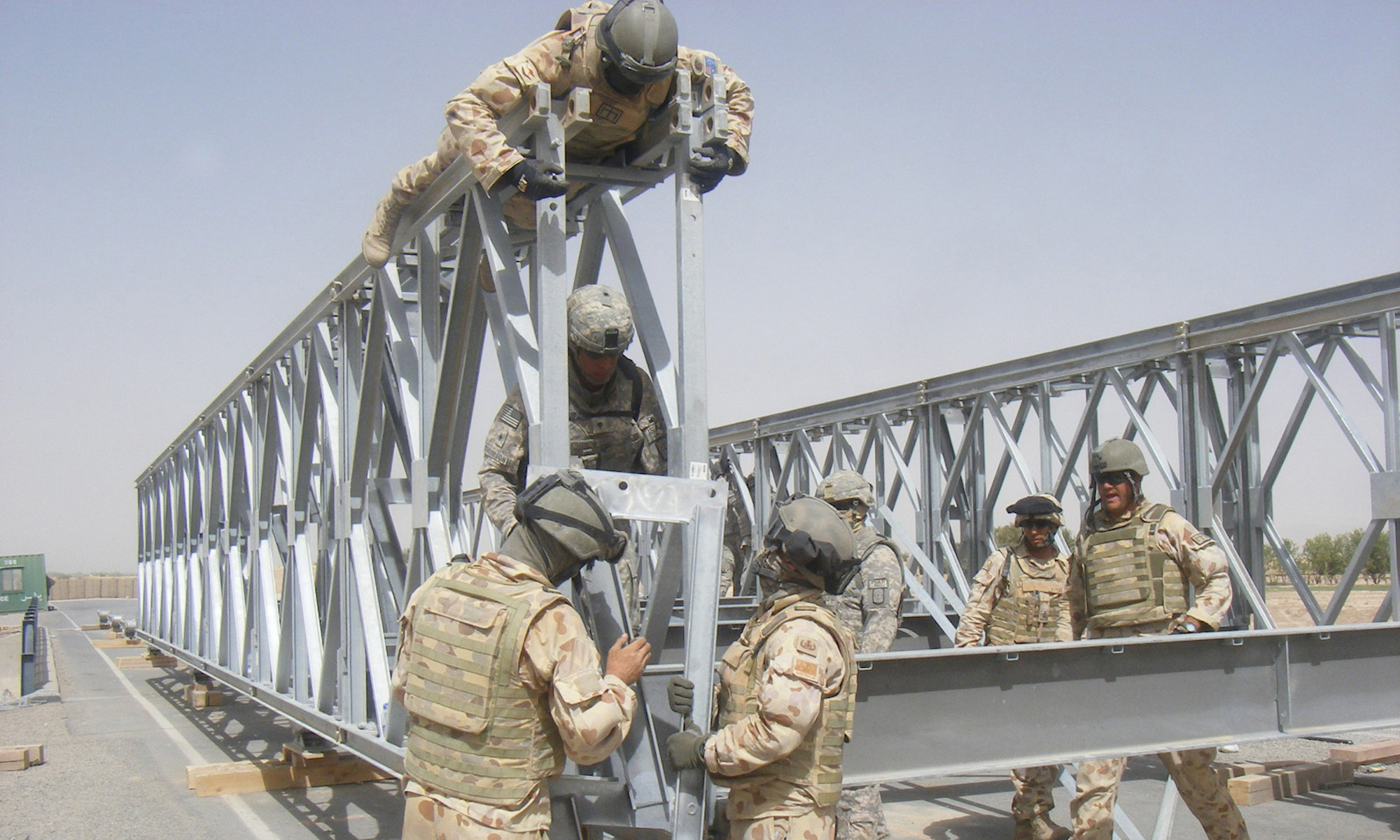The Philippines can be considered a country where successive governments have sought to create a single nation by implementing integration policies. In this article, two formal models are developed –the modernism model and the historicism (primordialism or essentialism) model — to suitably analyze the national integration policy of the Philippines. The analysis reveals that (1) the post-independence national integration policy of the Philippines cannot be regarded as being successful; (2) national integration in the Philippines will continue to be difficult; (3) no deterministic argument can be made regarding the relationship between mobilization and national cleavage; and (4) the modern nation should not be regarded as an extension of pre-modern ethnic groups but as a new identity group that is formed through the process of modernization. In addition, the mathematical implications of the two models are derived. The modernism model implies that (1) in some cases, a ruling group that is in the majority at the time of independence can maintain its position even if it cannot assimilate a majority of the underlying people after independence; (2) in some cases, a ruling group that is not in the majority at the time of independence cannot attain a majority even if it is able to assimilate a majority of the underlying people after independence; and (3) a larger ruling group is not always capable of promoting greater integration than a smaller one can. On the other hand, the historicism model implies that the size of the underlying ethnic group that will comprise the ruling group when mobilized is the key to the success or failure of national integration.

INSCT Postconflict Research Database
The Institute for National Security and Counterterrorism's Postconflict Research Database & Analysis Project stores cross-indexed bibliographic information on hundreds of journal articles, books, book chapters, and case reports that address the broad, interdisciplinary fields of postconflict reconstruction, stabilization, and peacebuilding.
40 Replies to “Nation-Building and Integration Policy in the Philippines”
Comments are closed.